




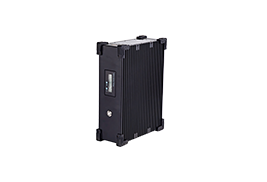
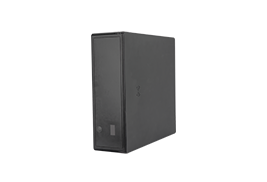
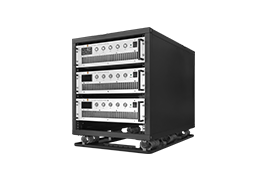
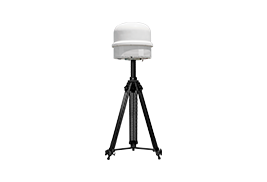
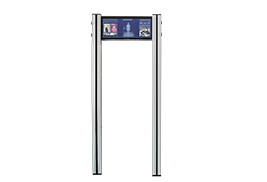
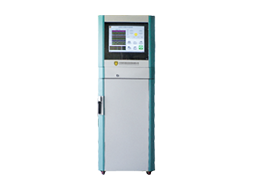
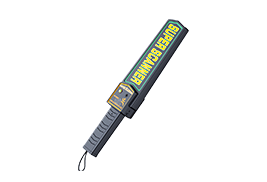

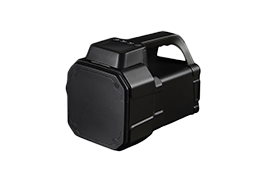
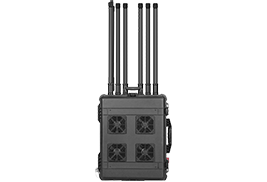
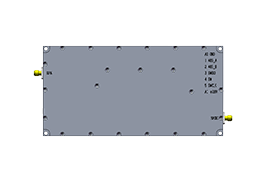
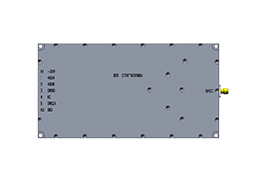
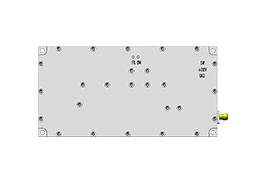
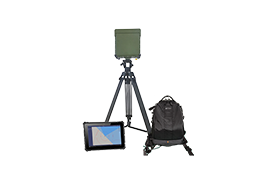
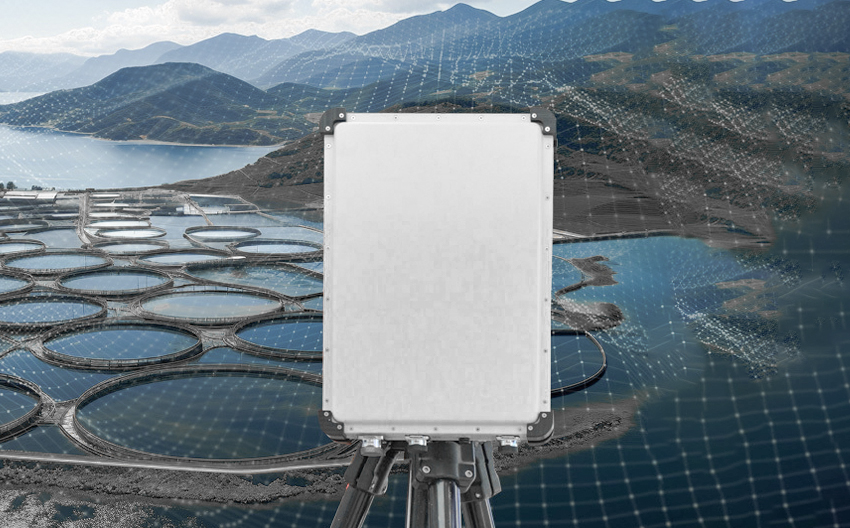
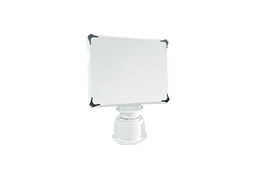
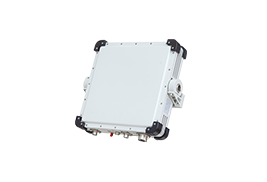



 X
X







 GLOBAL / ENGLISH
GLOBAL / ENGLISH

With the rapid development of drone technology, drones have become increasingly prevalent across various sectors, ranging from aerial photography, logistics, agricultural monitoring to public safety, significantly reshaping our lifestyles. However, the widespread adoption of drones has also brought about a series of challenges, such as privacy infringements and unauthorized intrusions. In response to these issues, portable drone detection devices have emerged as crucial tools to address these concerns.
Portability: Portable drone detection devices are typically compact and lightweight, making them easy to carry and transport. This allows users to rapidly deploy the devices anywhere for real-time monitoring and detection of drones.
High Sensitivity: These devices employ advanced sensors and algorithms that can accurately identify the signal characteristics of drones, including radio frequencies and radar reflections. Even in complex electromagnetic environments, they maintain high sensitivity to ensure the accuracy and reliability of detection.
Multi-functionality: Portable drone detection devices not only possess detection capabilities but can also integrate other technologies to perform multiple functions, such as location tracking and signal jamming. This flexibility enhances their effectiveness in countering drone threats.
Ease of Operation: Devices usually come equipped with intuitive user interfaces and streamlined operating procedures, allowing users to quickly learn and master usage techniques. Additionally, support for remote control and automated operations further improves the convenience and efficiency of use.
Real-time Capabilities: Portable drone detection devices have the ability to transmit data in real time, promptly feeding back detection results to the user. This enables timely awareness of drone movements and facilitates prompt response measures.
Public Safety Sector: In large events, critical locations, or sensitive areas, portable drone detection devices can be used for real-time monitoring and detection of drone activities to ensure public safety. For instance, at concerts, sports events, or similar occasions, the devices can help manage drones to prevent interference or privacy violations.
Military Sector: On the battlefield, portable drone detection devices can be utilized to detect the positions and movement trajectories of enemy drones, providing valuable intelligence support to commanders. Furthermore, these devices can be used to jam the communication and navigation systems of adversary drones, reducing their operational effectiveness.
Civil Aviation Sector: In airports and airspace, portable drone detection devices can be employed for real-time monitoring and detection of drone activities to safeguard civil aviation. Devices can promptly identify and report potential drone threats, assisting aviation authorities in taking appropriate countermeasures.
Private Sector: In personal or residential settings, portable drone detection devices can be used to protect privacy and security. For example, in private estates or villas, the devices can help manage drones to prevent unauthorized surveillance or illegal activities.
Portable drone detection devices play a significant role in multiple fields due to their portability, high sensitivity, multi-functionality, ease of operation, and real-time capabilities. As technology continues to advance and application scenarios expand, these devices will undoubtedly take on even greater importance in the future.












